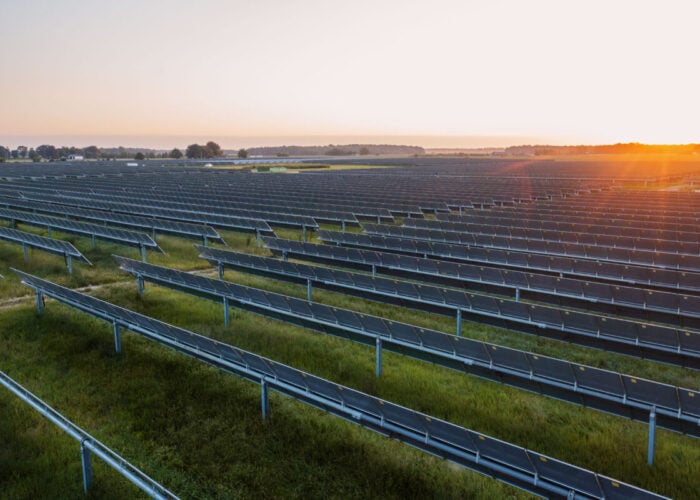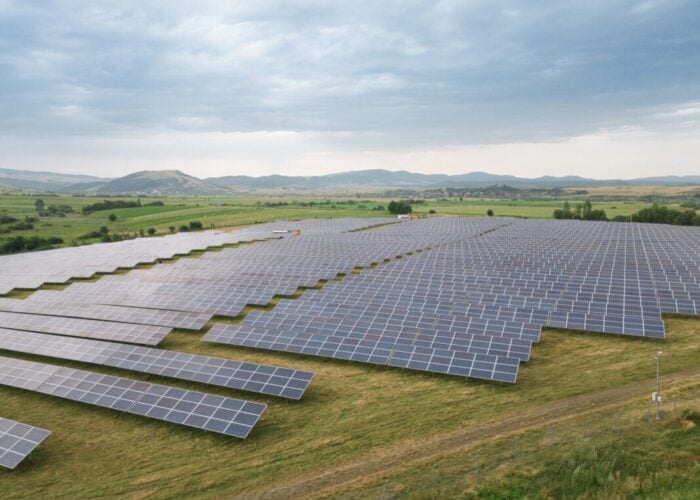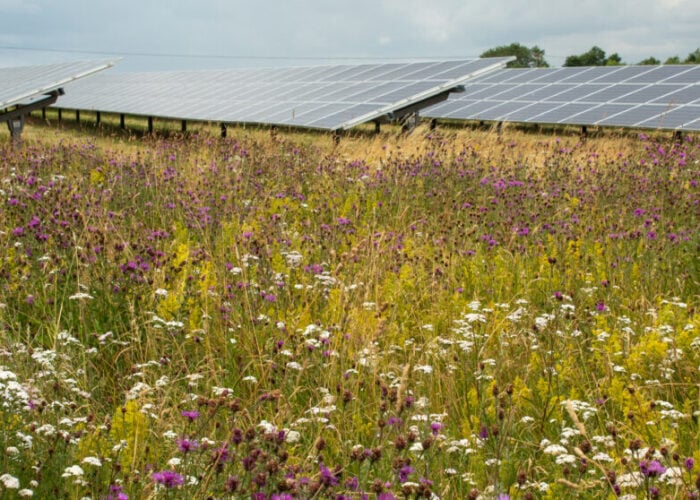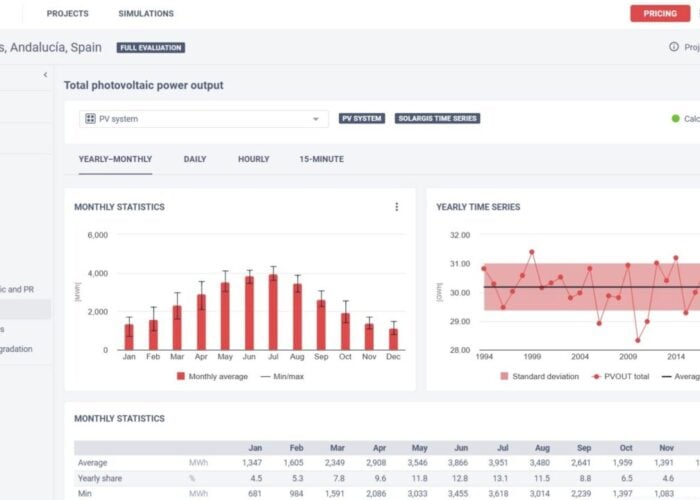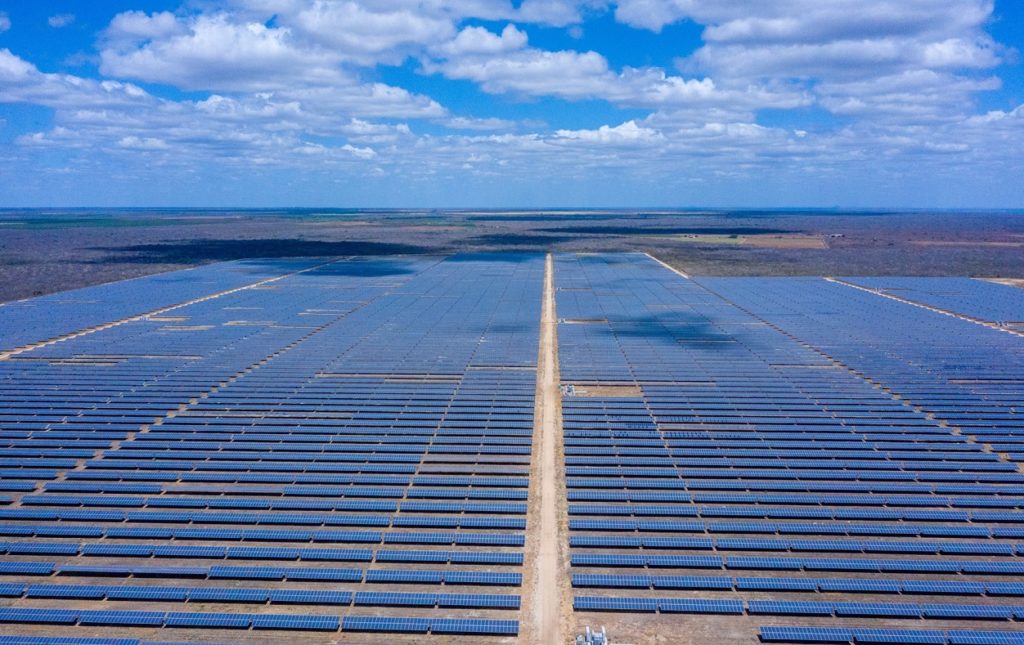
The Brazilian solar market is ripe for investment and growth. Attractive government incentives, high demand for electricity, intermittent power supply, a conducive climate and a lack of viable alternatives mean that the market will boom in the next five years. That is according to the founders of investment and asset management company Solar Americas Capital Luiz Silva and Tiago Alves.
But Silva and Alves’ views are also shared by industry analysts, who are positive about the Brazilian solar market over the next five years given the recovery of its utility-scale projects and favourable government legislation. BloombergNEF (BNEF) data provided to PV Tech showed that in 1H 2021, Brazil imported more modules from Chinese companies than it did in the entirety of 2020.
Unlock unlimited access for 12 whole months of distinctive global analysis
Photovoltaics International is now included.
- Regular insight and analysis of the industry’s biggest developments
- In-depth interviews with the industry’s leading figures
- Unlimited digital access to the PV Tech Power journal catalogue
- Unlimited digital access to the Photovoltaics International journal catalogue
- Access to more than 1,000 technical papers
- Discounts on Solar Media’s portfolio of events, in-person and virtual
“This suggests that 4.7GW of product has arrived in 1H and, considering the inventory that remained at the end of 2020, we estimate that over 4GW of products have yet to be installed,” said James Ellis, head of Latin American research at BNEF.
Why Brazil? Why now?
London-based Solar Americas was launched yesterday (16 September) and Silva and Alves said there was no better time to enter the Brazilian solar market as demand for power continues to rise, with existing sources of electricity generation failing to meet it. Brazilian energy prices have increased by over 50% in 2021 alone and are expected to continue to rise considerably above inflation, they said.
Solar Americas alone plans to deploy 2GW of solar in Brazil by 2026 through working with domestic or multinational corporations in the country. These companies need reliable power provision at reasonable rates. However, they are reluctant to sink capex into creating projects and lack the solar expertise to carry them out. The other option is to sign power purchase agreements (PPA) with third parties, but these long-term contracts can often come with annual price rises and only minor discounts, said Silva. Instead, Solar America has created a business model whereby companies who spend more than US$200,000 on power a year can form a joint venture that will see the two entities work to develop the co-funded solar asset together, with Solar Americas bringing their industry knowledge and expertise.
“We entered in the market with a third option that addresses the main concerns with the two current options companies have,” said Alves. “Co-funding the project means shared oversight and management as we will have a shareholder relationship and not client-provider relationship.”
This proposition is made even more appealing when considering Brazil’s net metering system. Brazil has long had a very attractive net metering system in place and current negotiations around its reform appear to be coming to an end, with positive implications for solar.
“The latest version of the law (Projeto de Lei nº 5.829) passed the lower house of Brazil’s national congress in mid-August and is currently with the Senate, with strong chances of being taken up in the Q3,” said Ellis. “If approved and passed into law, the current text would leave Brazil’s generous net metering rules in place through 2045 for those who have solar systems already or who add them within 12 months of the law being enacted.”
This presents a big opportunity for companies who invest in Brazilian solar to not only reap the rewards of reliable, affordable clean energy but also to potentially establish new revenue streams for their business. Alves explained that companies who co-develop projects with Solar Americas can enjoy long-term clean power at low prices while also diversifying their asset portfolio. Land is also easily acquired in Brazil and presents little barrier to the installation of solar projects, while the state also offers some tax benefits when it comes to importing solar products, he added.
Moreover, hydroelectricity in Brazil, which accounts for around 60% of the country’s power generation, has been plagued by numerous problems, not least low rainfall, said Silva. Brazil’s climate and geography make solar the most attractive renewable alternative and will help to drive down energy prices, which have soared due to the lack of supply from hydroelectric systems, he added.
“Brazil’s worsening hydro crisis has been credited with easing the passage of the new rules, which are considered broadly favourable to solar,” said Ellis.
Finally, with an election on the horizon in October 2022, neither Silva nor Alves were concerned that changes in political administration would negatively impact the solar industry, perhaps even helping it to grow further. Counter to his climate change scepticism, Brazilian President Jair Bolsonaro’s administration has looked kindly on solar in the country given its energy needs. A predicted victory by opposition leader Luis da Silva (popularly known as Lula), however, might actually boost the country’s support for the renewable. Therefore, the political situation in Brazil looks favourable no matter what party is in power in a year.
BNEF expects additions of 5.3-6.5GW in 2021, with a “growing contribution from utility-scale build beginning this year as commissioning deadlines tied to past auctions approach”, said Ellis, adding that annual additions of around 6GW in 2022 and 2023 are to be expected. Considering Brazil currently has just 10GW of solar, account for only 1.5% of its energy mix, it is easy to see why Silva and Alves are bullish about their future in the market. After what they hope is to be a successful five years developing and aggregating projects, they have their eyes on an IPO, which their commercial partners can either take part in or sell up.
For now, however, they are focused on the next five years in Brazil. And, if experts and analysts are right, others should be too.

